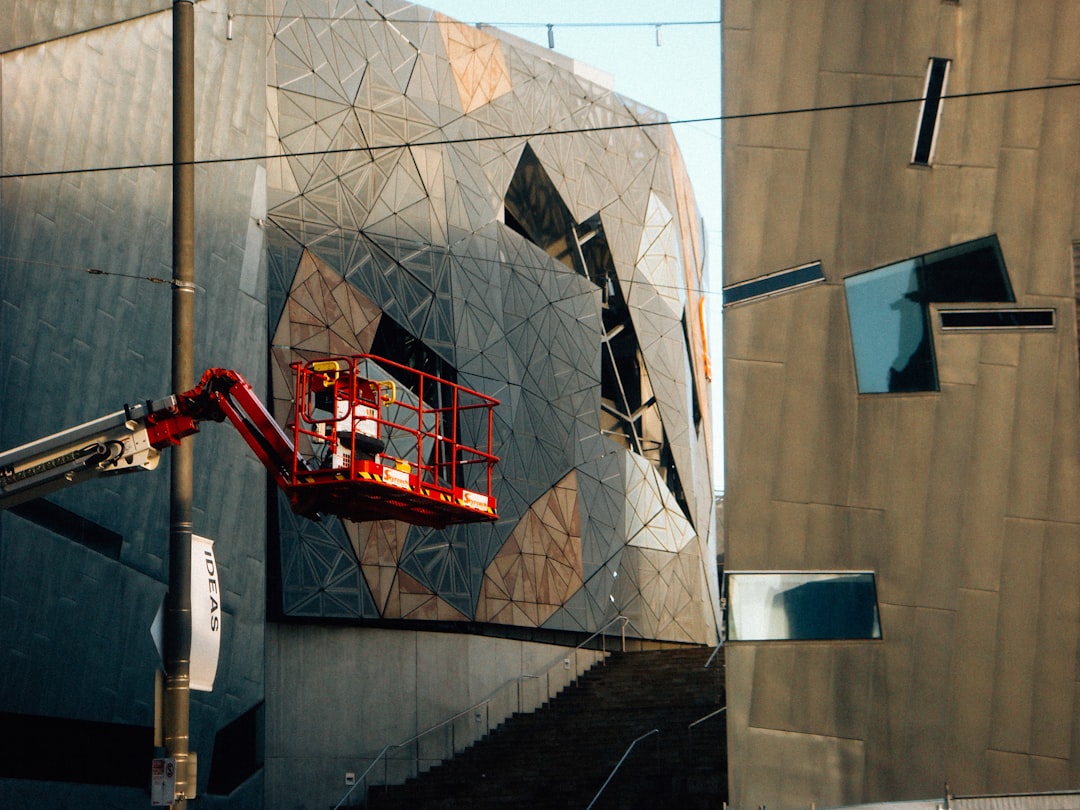Home staging is all about maximizing the appeal of your property to potential buyers. It’s the process of preparing your home for sale by styling and organizing the space to make it more attractive and appealing. The aim is to create an environment that potential buyers can envision themselves living in and to help them see your home’s potential.
The concept of home staging has become increasingly popular for those looking to sell their property in a crowded real estate market. It’s an effective way of making your property stand out from the crowd and create a lasting first impression.
However, staging your home is more than just adding some cushions to the living room or a vase to the dining table. It requires a delicate balance of design principles, color selection, and décor choices that can make or break the deal.
In this blog post, we’ll be looking at some of the dos and don’ts of home staging that will help you sell your property quickly, efficiently and at the best possible price.
Dos:
1. Start with a deep clean
The first step in home staging is to give your home a deep clean. This includes removing any clutter, cleaning the carpets, polishing the floors, and ensuring that every room is immaculate. A clean, fresh and well-maintained appearance is essential when it comes to selling your home.
2. Declutter
Before staging your home, it’s essential to declutter. Remove any personal items, including family photos, trinkets, and other items that could distract potential buyers. This will help people envision themselves living in the space and make it feel larger and more open.
3. Plan your color scheme
The right color scheme can make a big difference when it comes to home staging. Neutral colors such as whites, greys, and beige help to create a soothing and calming environment, one that’s ideal for potential buyers who are looking for a fresh slate. Use bright and bold colors sparingly as accents to create some interest.
4. Invest in good lighting
Light sets the mood for your property. It’s important to ensure that your home is well-lit to create an inviting and warm atmosphere. Open up the curtains and let in as much natural light as possible. Invest in lamps and fixtures that provide soft lighting and help to highlight the best features of your property.
5. Depersonalize
Potential buyers want to see themselves in your home and not your life. Personal touches can get in the way of this. Consider removing personal items such as family photos, souvenirs and hobbies to create a blank canvas for the prospective buyer to picture themselves in.
Don’ts:
1. Over-stage
While it’s important to decorate your home, it’s essential not to overdo it. Over-staging can be overwhelming and may make it difficult for the potential buyer to see exactly what they’re getting. Avoid using too much furniture or adding too many decorative pieces. Keep it simple and elegant.
2. Leave pets at home
While your furry friends might be a significant part of your life, they can be a distraction and a major turn-off for potential buyers. Pets can create odors, shed hair, leave paw prints, and in general be a nuisance. It’s best to keep your pets away during home viewings.
3. Ignore the outside
First impressions matter, and this is especially true when it comes to selling your home. The outside of your home, including the lawn, garden, and driveways, must be kept in immaculate condition. It’s the first thing potential buyers will see, so make sure it’s attractive and welcoming.
4. Forget about the scent
Scent can have a significant impact on a person’s mood and create a lasting impression. A pleasant scent can make the buyer feel at home, while an unpleasant odor can be an instant deal-breaker. Use air fresheners, candles, or baking cookies before potential buyers come to view your home.
5. Overprice your home
Lastly, overpricing your home is a common mistake when it comes to selling. Even a well-staged property can be hard to sell if it’s priced too high. Make sure you set a realistic price, using the advice and guidance of a real estate agent.
In conclusion, home staging is not just about making your property look good; it’s about creating an environment that potential buyers can envision themselves living in. By following the dos and don’ts mentioned above, you can ensure that your home is staged effectively, and you’ll be on your way to a successful sale.









